Mohammad Ghavami, Lachlan Michael, Ryuji Kohno9780470867518, 0470867515
Table of contents :
Team-kB……Page 1
Content……Page 8
Preface……Page 16
Acknowledgments……Page 20
List of Figures……Page 22
List of Tables……Page 30
I.1 Ultra wideband overview……Page 32
I.3 Historical development of UWB……Page 33
I.4 Key benefits of UWB……Page 34
I.5 UWB and Shannon’s theory……Page 35
I.6 Challenges for ultra wideband……Page 36
I.7 Summary……Page 37
1.1 Introduction……Page 38
1.2 Power spectral density……Page 39
1.3 Pulse shape……Page 40
1.4 Pulse trains……Page 42
1.5 Spectral masks……Page 44
1.6 Multipath……Page 46
1.7 Penetration characteristics……Page 49
1.8 Spatial and spectral capacities……Page 50
1.9 Speed of data transmission……Page 51
1.11 Size……Page 52
1.13 Summary……Page 53
2.1 Introduction……Page 56
2.1.1 Damped sine waves……Page 57
2.2 Gaussian waveforms……Page 59
2.3 Orthogonal waveforms and Hermite pulses……Page 62
2.3.1 Hermite polynomials……Page 63
2.3.2 Orthogonal modified Hermite pulses……Page 64
2.3.3 Modulated and modified Hermite pulses……Page 68
2.4 Orthogonal prolate spheroidal wave functions……Page 70
2.4.1 Introduction……Page 71
2.4.2 Fundamentals of PSWF……Page 72
2.4.3 PSWF pulse generator……Page 76
2.5.1 Introduction……Page 80
2.5.2 Multi-band modulation……Page 81
2.6 Practical constraints and effects of imperfections……Page 88
2.7 Summary……Page 90
3.1 The effects of lossy medium on an UWB transmitted signal……Page 94
3.2 Time domain analysis……Page 97
3.2.1 Classification of signals……Page 98
3.2.2 Some useful functions……Page 100
3.2.3 Some useful operations……Page 102
3.2.4 Classification of systems……Page 107
3.2.5 Impulse response……Page 108
3.3.1 Fourier transforms……Page 109
3.3.2 Frequency response approaches……Page 110
3.3.3 Transfer function……Page 112
3.3.4 Laplace transform……Page 115
3.3.5 z-Transform……Page 116
3.3.6 The relationship between the Laplace transform, the Fourier transform, and the z-transform……Page 119
3.4 UWB signal-processing issues and algorithms……Page 120
3.5 Detection and amplification……Page 122
3.6 Summary……Page 124
4 Ultra wideband channel modeling……Page 128
4.1 A simplified UWB multipath channel model……Page 129
4.1.2 Multipath delay spread……Page 131
4.1.4 Multipath amplitude-fading distribution……Page 133
4.1.5 Multipath arrival times……Page 134
4.2.2 Refraction……Page 137
4.2.4 Diffraction……Page 138
4.2.8 Example of free space path loss model……Page 139
4.3 Two-ray UWB propagation model……Page 141
4.3.1 Two-ray path loss……Page 142
4.3.2 Two-ray path loss model……Page 145
4.3.3 Impact of path loss frequency selectivity on UWB transmission……Page 148
4.4 Frequency domain autoregressive model……Page 152
4.4.1 Poles of the AR model……Page 153
4.5 Summary……Page 154
5.1 Introduction……Page 156
5.2 UWB modulation methods……Page 157
5.2.1 Pulse position modulation……Page 159
5.2.2 Bi-phase modulation……Page 160
5.3.1 Orthogonal pulse modulation……Page 161
5.3.4 Summary of UWB modulation methods……Page 163
5.4.1 Gaussian pulse train……Page 164
5.4.2 PN channel coding……Page 165
5.4.3 Time-hopping PPM UWB system……Page 167
5.5 UWB transmitter……Page 168
5.6 UWB receiver……Page 169
5.6.1 Detection……Page 170
5.7 Multiple access techniques in UWB……Page 171
5.7.3 Code division multiple access……Page 172
5.7.4 Orthogonal pulse multiple access system……Page 173
5.8 Capacity of UWB systems……Page 175
5.9 Comparison of UWB with other wideband communication systems……Page 177
5.9.1 CDMA……Page 178
5.9.2 Comparison of UWB with DSSS and FHSS……Page 179
5.9.3 Orthogonal frequency division multiplexing……Page 182
5.10 Interference……Page 183
5.10.1 Wireless local area networks……Page 185
5.10.2 Bluetooth……Page 188
5.10.3 GPS……Page 189
5.11 Summary……Page 190
6 Ultra wideband antennas and arrays……Page 192
6.1.1 Maxwell’s equations for free space……Page 193
6.1.2 Wavelength……Page 195
6.1.6 Antenna bandwidth……Page 196
6.1.9 Antenna directional pattern……Page 197
6.1.10 Beamwidth……Page 199
6.2 Antenna radiation for UWB signals……Page 200
6.2.1 Dispersion due to near-field effects……Page 203
6.3.1 Resonant antennas……Page 204
6.3.3 Difficulties with UWB antenna design……Page 207
6.4.1 Conical antenna……Page 208
6.4.2 Monopole antenna……Page 209
6.4.4 TEM horn antenna……Page 210
6.4.5 Conclusion……Page 211
6.5.1 Basic concepts……Page 212
6.5.2 A simple delay-line transmitter wideband array……Page 215
6.6 Radar UWB array systems……Page 221
6.7 Summary……Page 222
7.1 Wireless positioning and location……Page 224
7.1.2 Wireless distance measurement……Page 225
7.1.3 Microwave positioning systems……Page 227
7.2 Global positioning system techniques……Page 230
7.2.2 GPS tracking modes……Page 231
7.3.1 Introduction……Page 232
7.3.2 Network-based techniques……Page 233
7.3.3 Handset-based techniques……Page 239
7.3.4 Hybrid techniques……Page 240
7.4.2 Wideband systems……Page 241
7.4.3 Super-resolution techniques……Page 242
7.4.4 Ultra wideband systems……Page 245
7.5.1 Potential user scenarios……Page 247
7.5.2 Potential applications……Page 248
7.6 Summary……Page 249
8.1 Military applications……Page 252
8.1.1 Precision asset location system……Page 253
8.2 Commercial applications……Page 254
8.2.2 Time Domain UWB signal generator……Page 255
8.2.4 Intel corporation……Page 256
8.2.5 Motorola……Page 257
8.2.6 Communication Research Laboratory……Page 258
8.2.8 Wisair……Page 259
8.2.9 Home networking and home electronics……Page 260
8.2.10 Precision asset location system……Page 261
8.3 Summary……Page 264
References……Page 266
Index……Page 273
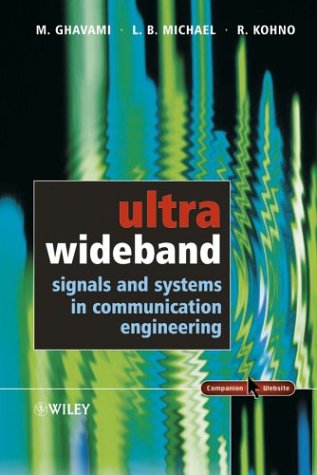
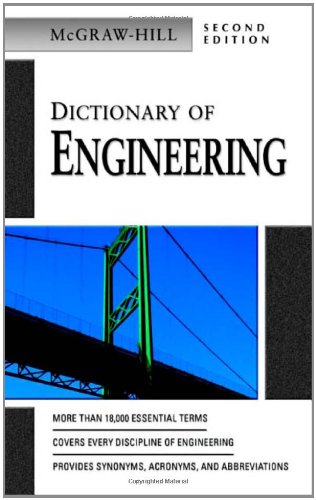

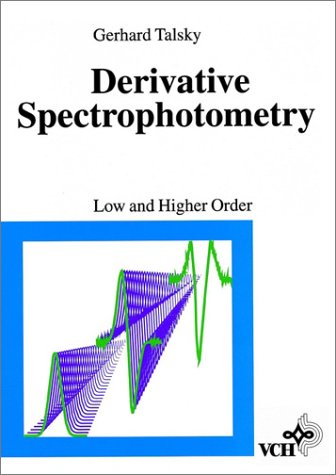
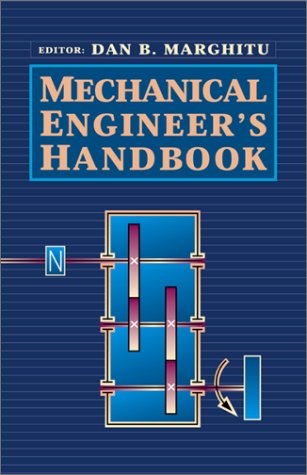
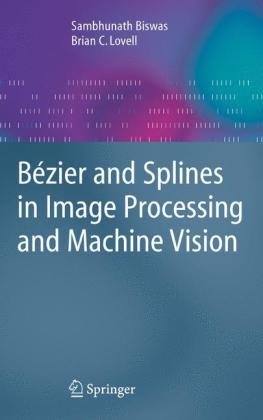
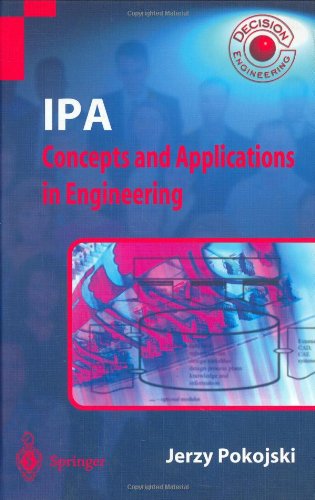
Reviews
There are no reviews yet.